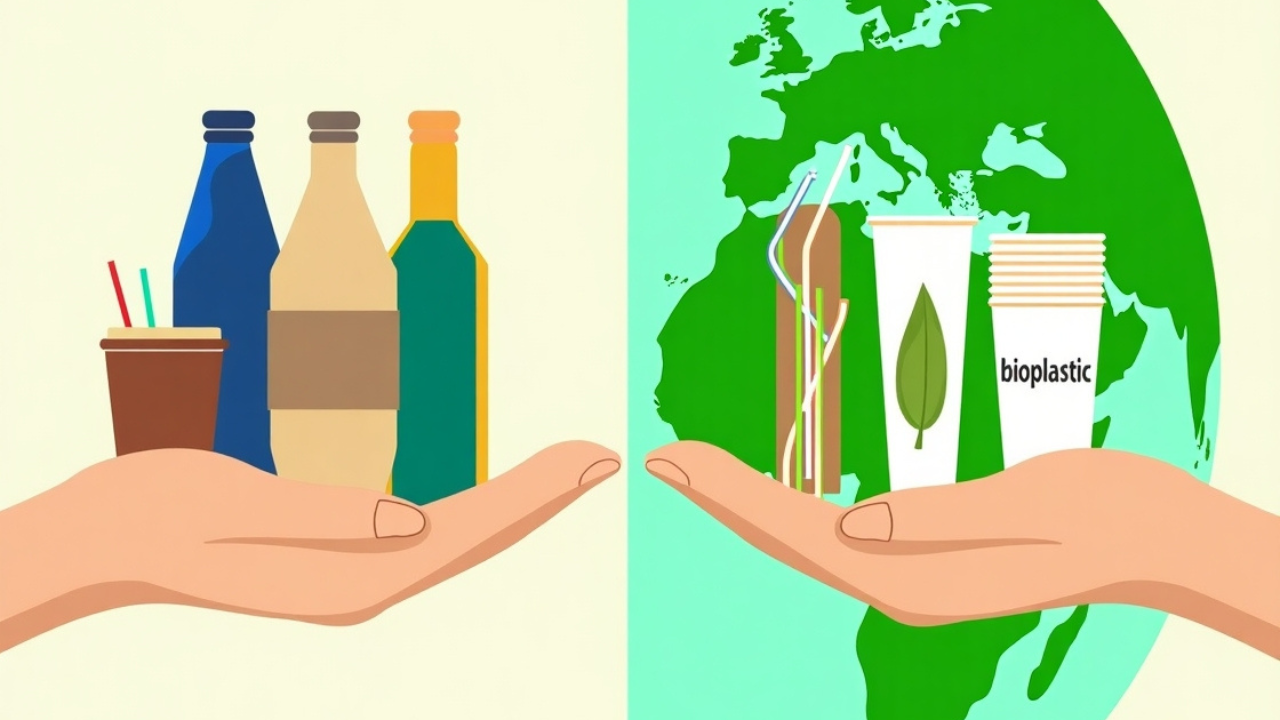As the world wakes up to the alarming consequences of plastic pollution, clogged oceans, overflowing landfills, and microplastics entering our food chain, there’s an urgent need to rethink the way we use and dispose of plastic. People everywhere are searching for greener, safer alternatives to traditional plastics that have long dominated our daily lives.
One option that often comes up in these conversations is bioplastics, a term that sounds naturally earth-friendly and innovative. But hold on—are bioplastics truly the eco-saviors they claim to be, or are they just another case of clever marketing and greenwashed promises? In this blog, we’ll dive deep into what bioplastics really are, how they’re made, their actual impact on the environment, and whether they live up to their promise of supporting a more sustainable future.
🌱 What are Bioplastics?
Let’s break it down. Bioplastics are plastics made from renewable resources like corn starch, sugarcane, or potato starch. Unlike conventional plastics (which are derived from fossil fuels like petroleum), bio-plastics are supposed to be kinder to the planet because they come from plants.
There are two main categories of bioplastics:
- Bio-based plastics – made from natural sources but not necessarily biodegradable.
- Biodegradable plastics – these break down more easily, but not always in a backyard compost.
It’s important to note that not all bio-plastics are biodegradable, and not all biodegradable plastics are bio-based. Confused yet? You're not alone!
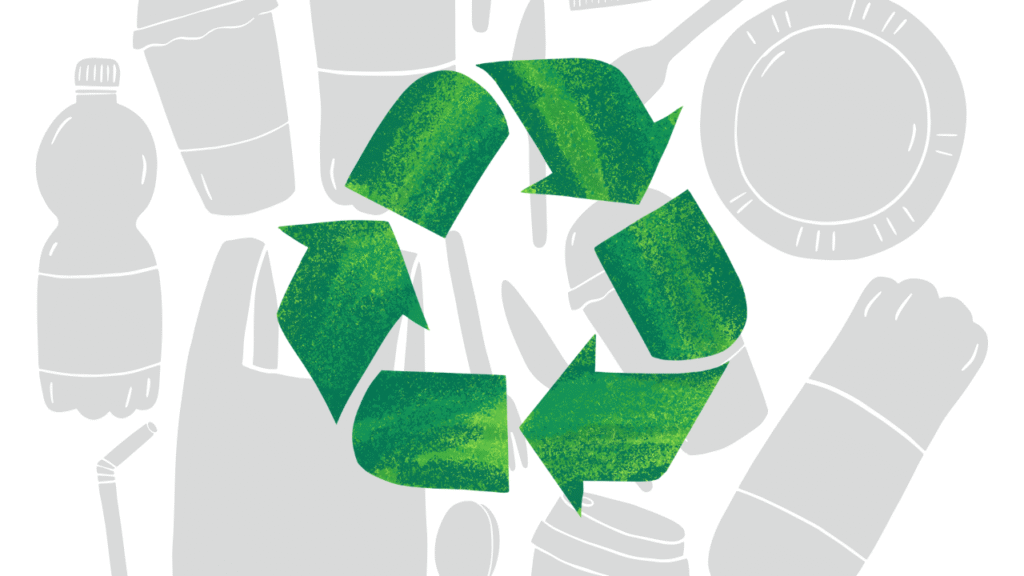
✅ The Advantages of Bioplastics for the Environment
Let’s start with the good stuff. Bioplastics do offer several environmental benefits, especially when compared to their traditional plastic counterparts.
1. Lower Carbon Footprint
One of the biggest advantages of bio-plastics is that they can reduce greenhouse gas emissions. Since they’re made from plants that absorb CO₂ as they grow, their life cycle can result in a smaller carbon footprint compared to petroleum-based plastics.
2. Made from Renewable Resources
Bioplastics tap into natural, renewable sources like corn, sugarcane, or even algae. This reduces our dependence on finite fossil fuels and gives us a chance to use more sustainable raw materials.
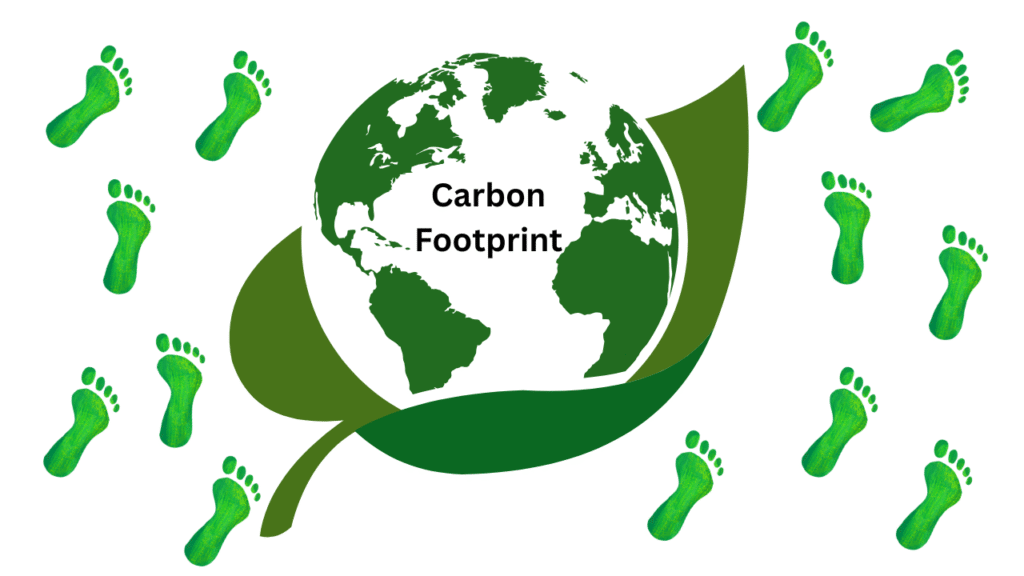
3. Potential to Biodegrade
Some types of bioplastics, like PLA (polylactic acid), can biodegrade under industrial composting conditions. This means less plastic clogging up landfills and oceans, at least in theory.
4. Supports Circular Economy Goals
Bioplastics align with the vision of a circular economy, where materials are reused and regenerated rather than thrown away. With proper infrastructure, bioplastics can be a part of closed-loop systems that reduce waste.
⚠️ The Other Side: Impact of Bioplastics on the Environment
While bioplastics sound promising, they’re not without challenges. In fact, some environmentalists argue that they can do more harm than good if not managed properly.
1. Biodegradation Isn’t Always Easy
Just because a plastic is biodegradable doesn’t mean it will break down easily in nature. Many bio-plastics require specific industrial composting conditions (high temperature and moisture) to decompose. Without access to proper composting facilities, they can persist just like traditional plastics.
2. Land and Water Use
Growing crops like corn or sugarcane for bioplastics uses a lot of land, water, and energy—resources that could otherwise go toward food production. This creates a potential conflict between environmental goals and food security.
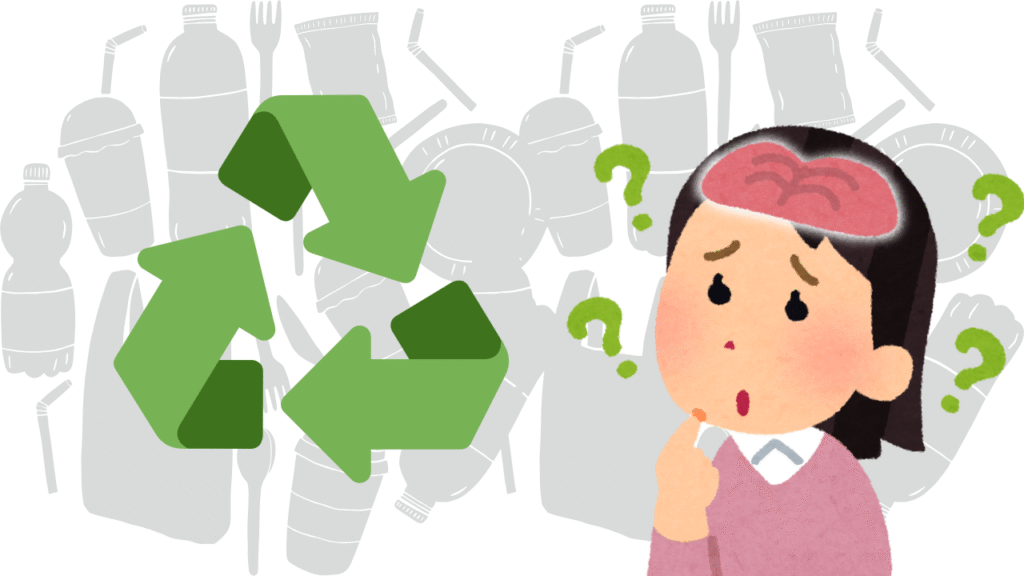
3. Recycling Confusion
Bioplastics can’t always be recycled with conventional plastics. If bio-plastics end up in the regular plastic recycling stream, they can contaminate the batch, leading to waste instead of reuse.
4. Not a Free Pass for Overconsumption
The idea that bio-plastics are “eco-friendly” might encourage people to use more disposable products without guilt. But sustainability isn’t just about materials—it’s about reducing consumption altogether.
🌎 Bioplastics and Environmental Sustainability
Let’s zoom out for a second. Where do bioplastics fit into the bigger sustainability picture?
Bio-plastics certainly have the potential to play a positive role in sustainable living. They can help reduce fossil fuel use, lower greenhouse gas emissions, and even support composting programs in some communities. But they aren’t a magic bullet.
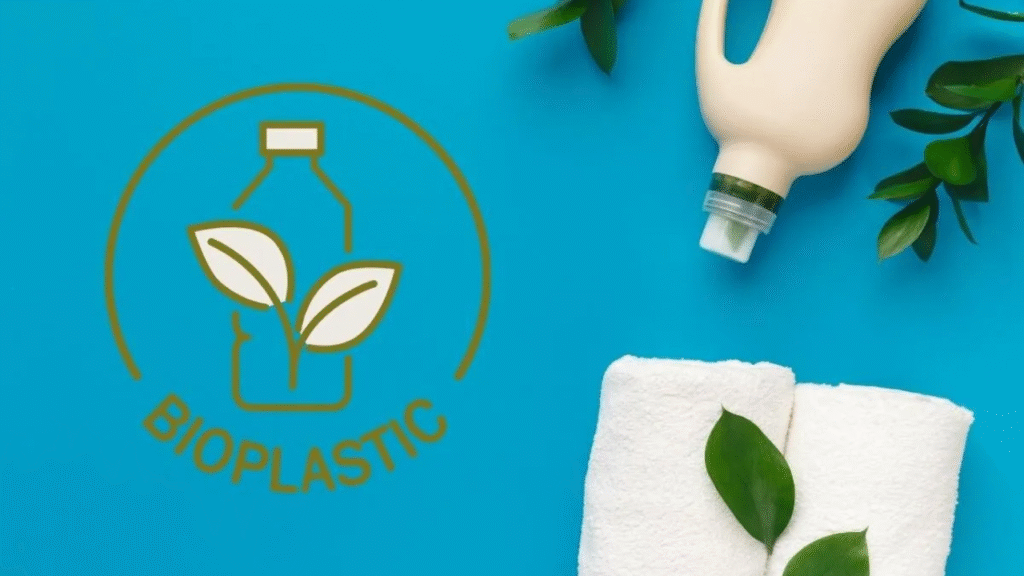
For bioplastics to truly support environmental sustainability:
- Composting and recycling infrastructure must be improved.
- Clear labeling is needed to avoid confusion among consumers.
- Sustainable sourcing of raw materials (like second-generation feedstocks) must be prioritized.
In other words, bio-plastics are part of the solution, not the whole answer.
🤔 So, Are Bioplastics Really Eco-Friendly?
Let’s revisit the big question: Are bio-plastics eco-friendly?
The answer isn’t a simple yes or no. It depends on:
- The type of bioplastic
- How it’s produced
- How it’s disposed of
- Whether the right infrastructure exists to support it
When done right, bio-plastics can reduce our environmental impact—especially in packaging, agriculture, and certain medical applications. But when done poorly, they can create new problems or repeat the mistakes of conventional plastics.
Ultimately, bio-plastics can be considered eco-friendly under the right conditions, but they are not a license to keep producing and consuming waste at current levels.
💡 Final Thoughts
Bioplastics are an exciting innovation with tremendous potential to reshape the future of sustainable materials. They offer genuine environmental benefits, such as a lower carbon footprint, reduced reliance on non-renewable fossil fuels, and the possibility of biodegradability under certain conditions. These qualities make them an attractive alternative to conventional plastics in many applications—from packaging to agriculture. However, it’s important to recognize that bioplastics are not a one-size-fits-all solution. They come with their own set of challenges and limitations. The journey to true environmental sustainability requires more than just swapping one material for another—it demands a fundamental shift in how we produce, consume, and dispose of all plastic-based products.
As conscious consumers and responsible citizens, we all have a part to play in driving that change. We should aim to reduce our overall use of single-use plastics—whether they are bioplastic or not—by embracing reusable alternatives. Supporting companies that use ethically sourced, compostable, and clearly labeled packaging materials can also make a difference. Equally important is advocating for stronger policies and better waste management infrastructure, including industrial composting facilities and improved recycling systems. Together, these actions can help ensure that bioplastics contribute positively to a cleaner, more sustainable future.



